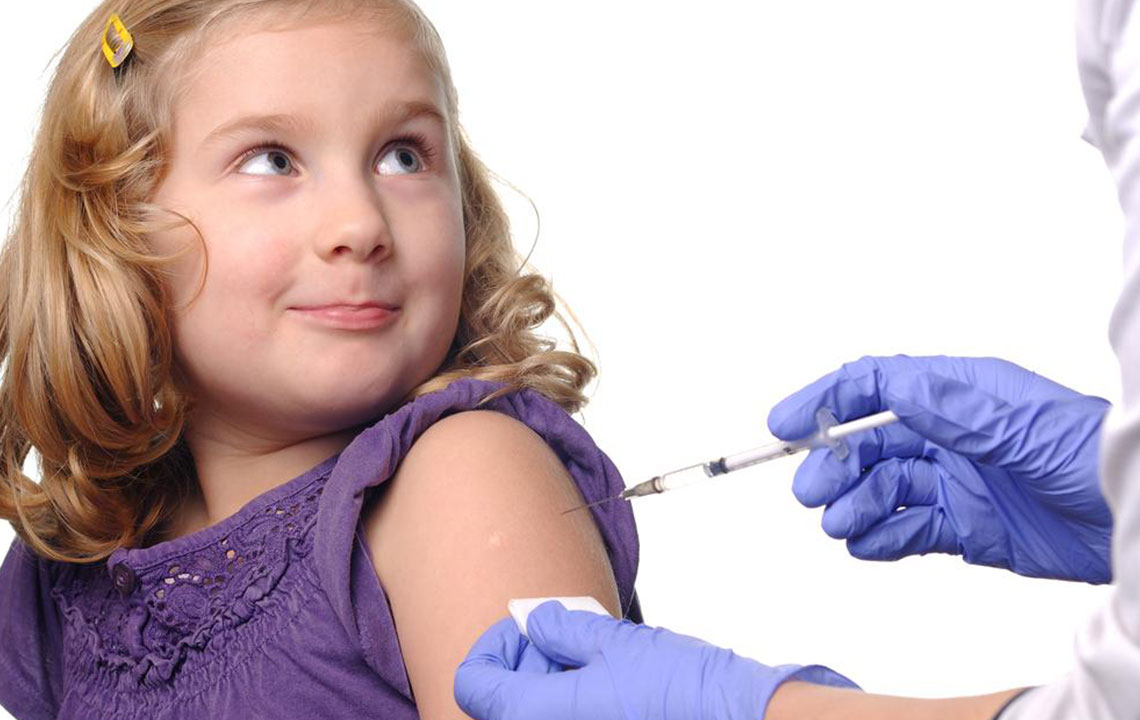Comprehensive Guide to Differentiating Viral and Bacterial Diarrhea and Its Global Health Implications
This comprehensive article explores the differences between viral and bacterial diarrhea, highlighting their symptoms, causes, transmission, and global health impacts. It emphasizes prevention strategies such as vaccination, sanitation, and hygiene practices, offering valuable insights for healthcare providers and public health policymakers to effectively combat these widespread infectious diseases.

Diarrhea remains one of the most widespread health concerns worldwide, affecting people of all ages and communities. While often dismissed as a minor inconvenience, diarrhea can have serious health consequences, especially when caused by infectious agents such as viruses or bacteria. Accurate identification and understanding of the underlying causes are crucial for effective treatment, prevention, and control of this condition. This comprehensive guide aims to elucidate the key differences between viral and bacterial diarrhea, their modes of transmission, symptoms, health impacts, and strategies for management and prevention, with an emphasis on their significance in global public health.
Understanding Diarrhea: An Overview
Diarrhea is characterized by the frequent passage of loose or watery stools. It is typically classified based on duration: acute diarrhea lasts less than two weeks, while chronic diarrhea persists beyond that period. The underlying causes include infections from viruses, bacteria, or parasites; food intolerances; medication side effects; and underlying gastrointestinal conditions. However, infectious diarrhea—particularly viral and bacterial types—accounts for a significant proportion of cases worldwide, especially in regions with limited access to sanitation and clean water.
Viral Diarrhea: Causes, Symptoms, and Transmission
Viral diarrhea is most commonly caused by pathogens such as rotavirus, norovirus, adenovirus, and astrovirus. Among these, rotavirus and norovirus are the leading causes of acute viral diarrhea, particularly in children and adults, respectively. These viruses are highly contagious and spread primarily through the fecal-oral route, often via contaminated food, water, or surfaces. In close-contact settings like hospitals, schools, and daycare centers, outbreaks are common.
Symptoms of Viral Diarrhea
Sudden onset of watery diarrhea
Nausea and vomiting
Abdominal cramps and pain
Low-grade fever
Malaise and dehydration in severe cases
Typically, viral diarrhea lasts from one to three days, rarely exceeding a week. It usually does not involve blood in the stool, and the illness often resolves without specific antiviral treatment, emphasizing the importance of supportive care such as hydration.
Bacterial Diarrhea: Causes, Symptoms, and Transmission
Bacterial diarrhea is caused by pathogenic bacteria like Salmonella, Escherichia coli (E. coli), Shigella, Campylobacter, and Clostridioides difficile. These pathogens often originate from contaminated food or water sources. Unlike viral diarrhea, bacterial infections tend to be more severe and can lead to complications like dehydration, hemorrhagic colitis, or even hemolytic uremic syndrome.
Symptoms of Bacterial Diarrhea
Severe diarrhea with sometimes bloody stools
High fever
Abdominal cramps and tenderness
Nausea and vomiting
In some cases, dehydration and systemic symptoms
The duration of bacterial diarrhea can vary from a few days to several weeks, especially if untreated. Antibiotic treatment may be necessary for certain bacterial infections, but inappropriate use can worsen the condition or lead to antibiotic resistance.
Health Impact and Public Health Significance
Diarrheal diseases caused by viruses and bacteria are major contributors to global mortality and morbidity, especially among children under five years old. According to WHO estimates, diarrhea kills approximately 525,000 children annually, primarily in low-income countries with inadequate sanitation, hygiene, and access to clean water. The cumulative burden of diarrhea extends beyond mortality, causing malnutrition, stunted growth, and developmental delays related to repeated infections.
Both viral and bacterial diarrhea significantly strain healthcare systems, especially in resource-limited settings. Outbreaks can lead to widespread community transmission, significantly impacting public health infrastructure and economy. Therefore, understanding the differences between these types assists health authorities and practitioners in deploying targeted interventions, from vaccination campaigns against rotavirus to improved sanitation and water quality measures.
Prevention and Management Strategies
Preventing viral and bacterial diarrhea involves multiple approaches, primarily centered around maintaining high standards of hygiene and sanitation. Vaccination plays a pivotal role, notably the rotavirus vaccine, which has significantly reduced the incidence of severe viral diarrhea in children worldwide. Safe food handling, proper cooking, and ensuring access to clean drinking water are vital in controlling bacterial infections.
In cases of diarrhea, rehydration is the cornerstone of treatment, with oral rehydration salts (ORS) being the most effective in preventing dehydration. Antibiotics are reserved for specific bacterial cases, under medical supervision. In addition to treatment, educating communities about personal hygiene, handwashing with soap, and safe food preparation are key to reducing transmission.
Conclusion: The Path Forward
By distinguishing between viral and bacterial diarrhea, healthcare professionals can implement more effective treatment plans, and policymakers can design better public health interventions. Continued research, vaccination programs, improved sanitation infrastructure, and community education are essential components in reducing the global burden of diarrheal diseases. Recognizing the significant health impacts and transmission pathways of both viral and bacterial diarrheas is vital in safeguarding vulnerable populations and working towards a healthier future worldwide.





